挖掘机仿形设计【优秀工程机械全套课程毕业设计含SW三维建模及6张CAD图纸】
【带开题报告+外文翻译】【21页@正文11400字】【详情如下】【需要咨询购买全套设计请加QQ】.bat
任务书截图.jpg
仿形设计之挖掘机备份
仿形设计之挖掘机备份.rar
开题报告.doc
总图.DWG
悬臂1.dwg
悬臂2.DWG
挖掘机.STEP
挖掘机SW三维建模
挖掘机仿形设计设计说明书.doc【21页@正文11400字】
挖掘机翻译
挖斗.DWG
机身.DWG
轮毂.DWG
摘 要
最初挖掘机是手动的,从发明到2013年已经有一百三十多年了,期间经历了由蒸汽驱动斗回转挖掘机到电力驱动和内燃机驱动回转挖掘机、应用机电液一体化技术的全自动液压挖掘机的逐步发展过程。第一台液压挖掘机由法国波克兰工厂发明成功。由于液压技术的应用,20世纪40年代有了在拖拉机上配装液压反铲地悬挂式挖掘机。1951 年,第一台全液压反铲挖掘机由位于法国的 Poclain( 波克兰 ) 工厂推出,从而在挖掘机的技术发展领域开创了全新空间,20世纪50年代初期和中期相继研制出拖式全回转液压挖掘机和履带式全液压挖掘机。初期试制的液压挖掘机是采用飞机和机床的液压技术,缺少适用于挖掘机各种工况的液压元件,制造质量不够稳定,配套件也不齐全。从20世纪60年代起,液压挖掘机进入推广和蓬勃发展阶段,各国挖掘机制造厂和品种增加很快,产量猛增。1968-1970年间,液压挖掘机产量已占挖掘机总产量的83%,已接近100%。
第一代挖掘机:电动机、内燃机的出现,使挖掘机有了先进而合适的电动装置,于是各种挖掘机产品相继诞生。1899年,第一台电动挖掘机出现了。第一次世界大战后,柴油发动机也应用在挖掘机上,这种柴油发动机(或电动机)驱动的机械式挖掘机是第一代挖掘机。
第二代挖掘机:随着液压技术的广泛使用,使挖掘机有了更加科学适用的传动装置,液压传动代替机械传动是挖掘机技术上的一次大飞跃。1950年德国的第一台液压挖掘机诞生了。机械传动液压化是第二代挖掘机。
第三代挖掘机:电子技术尤其是计算机技术的广泛应用,使挖掘机有了自动化的控制系统,也使挖掘机向高性能、自动化和智能化方向发展。机电一体化的萌芽约发生在1965年前后,而在批量生产的液压挖掘机上采用机电一体化技术则在1985年左右,当时主要目的是为了节能。挖掘机电子化是第三代挖掘机的标志。
关键词:挖掘机 液压 悬臂 有限元分析
Abstract
The first excavator is manual, from the invention in 2013 has been one hundred and thirty years, experienced a gradual development of the automatic hydraulic excavator rotary bucket excavator driven by steam to electric drive and internal combustion engine driven rotary excavator, application of mechatronics technology during the. The first hydraulic excavator factory in France invented successfully by poclain. The application of hydraulic technology, in twentieth Century 40 has been installed in the tractor equipped with hydraulic backhoe hanging type excavator. In 1951, the first full hydraulic backhoe excavator located by the French Poclain (POCLAIN) factory launched, thus creating a new space in the field of technology development of excavator, twentieth Century 50 in the early and metaphase develops towed all rotary hydraulic excavators and crawler hydraulic excavator. The early trial of hydraulic excavator hydraulic technology is used aircraft and machine tools, the lack of suitable excavator hydraulic components in various working conditions, the manufacturing quality is not stable enough, the pieces do not fully support. From twentieth Century since 60, hydraulic excavator into spreading and flourishing development stage, excavators manufacturing plant and breed increases quickly, production soared. During the period of 1968-1970 hydraulic excavator, excavator production accounted for 83% of total output, has close to 100%.
The first generation of excavator: the emergence of motor, internal combustion engine, the excavator is an electric device of advanced and suitable, so all kinds of excavator product birth. In 1899, the first electric excavator appeared. After the first World War, the diesel engine is also used in excavator, this kind of diesel engine (or motor) excavator driver is the first generation of excavator.
The second generation of excavator: with the widespread use of hydraulic technology, make the excavator with more scientific and suitable gearing, hydraulic transmission instead of mechanical transmission is a big leap in technology of excavator. The first hydraulic excavator was born in Germany in 1950. Mechanical transmission is the second generation of hydraulic excavator.
The third generation of excavator: electronic technology especially the wide application of computer technology, the automatic control system of excavator has, also make the excavator to the development of high performance, automation and intelligent direction. Germination of electromechanical integration occurs around 1965, and in the mass production of hydraulic excavator on adopting the technology of Mechatronics in around 1985, when the main purpose is to save energy. Excavator electronic is a symbol of the third generation of excavator.
Keywords: Hydraulic pressure finite element analysis
目 录
摘 要1
目 录3
第一章 绪论4
1.2 挖掘机平台特点5
1.3挖掘机系统主要部件介绍6
1.4 悬臂设计9
1.4.1悬臂的作用9
1.4.2悬臂的结构设计10
1.4.3悬臂力学分析10
1.5传动的工作原理和组成11
1.5.1工作原理11
1.5.2传动系统的基本组成12
1.6 研究的内容12
第二章 液压系统功能原理的设计12
2.1 明确技术要求12
2.2 执行元件的配置确定及动作顺序12
2.3 确定液压系统主要参数13
2.3.1 计算和确定液压缸的主要结构尺寸13
2.3.2 计算液压缸所需流量14
2.4液压系统图的拟定14
2.4.1制定液压回路方案14
2.4.2原理草图的绘制15
2.5 元件的选型与设计16
2.5.1 液压缸的选择16
2.5.2液压控制阀的选择17
2.5.3液压辅助元件及工作介质的选择18
2.6 前景展望19
第三章 设计中的不足及要注意的问题20
3.1 设计中的不足之处20
3.2 使用液压系统要注意的问题20
参考文献21
设计总结22
第一章 绪论
1.1 挖掘机平台功能及其意义
最初挖掘机是手动的,从发明到2013年已经有一百三十多年了,期间经历了由蒸汽驱动斗回转挖掘机到电力驱动和内燃机驱动回转挖掘机、应用机电液一体化技术的全自动液压挖掘机的逐步发展过程。第一台液压挖掘机由法国波克兰工厂发明成功。由于液压技术的应用,20世纪40年代有了在拖拉机上配装液压反铲地悬挂式挖掘机。1951 年,第一台全液压反铲挖掘机由位于法国的 Poclain( 波克兰 ) 工厂推出,从而在挖掘机的技术发展领域开创了全新空间,20世纪50年代初期和中期相继研制出拖式全回转液压挖掘机和履带式全液压挖掘机。初期试制的液压挖掘机是采用飞机和机床的液压技术,缺少适用于挖掘机各种工况的液压元件,制造质量不够稳定,配套件也不齐全。从20世纪60年代起,液压挖掘机进入推广和蓬勃发展阶段,各国挖掘机制造厂和品种增加很快,产量猛增。1968-1970年间,液压挖掘机产量已占挖掘机总产量的83%,已接近100%。
参考文献
[1] 张浩,党新安. 全高压燃油机传动系统设计[J]. 重庆工学院学报, 2006,20(08):54-56.
[2] 张增林,关正,王志民等.MKJ一1型高密度牧草捆包机[J].农牧与食品机械,1992(03):33-34;
[3] 禹振军. Y K - 1 0 型液压打捆机的设计[J].农业机械,2007;
[4] 秦丽君. 捆扎机自动控制系统[J]. 职大学报, 2000(02);
[5] 王春光,李林,童淑敏等. 打捆机草捆后捆绳张力的测试研究[J].内蒙古农牧学院学报,1998,15(03);
[6]乔中华,王海栓.全自动打捆机液压系统分析[J].山西机械,2001;
[7]赵洪刚.饲草压捆机动态特性仿真研究[D].东北林业大学,2007;
[8]刘祥鹏,孙传祝,姜常尊,陈鲁光. 小型方草捆 捆机压缩机构设计[J].山东理工大学,2012,12;
[9]魏春雨,高兴岐,薛凤英,刘金国. 打捆机驱动系统的设计和受力分析[J].鞍山科技大学,2002,31(04);

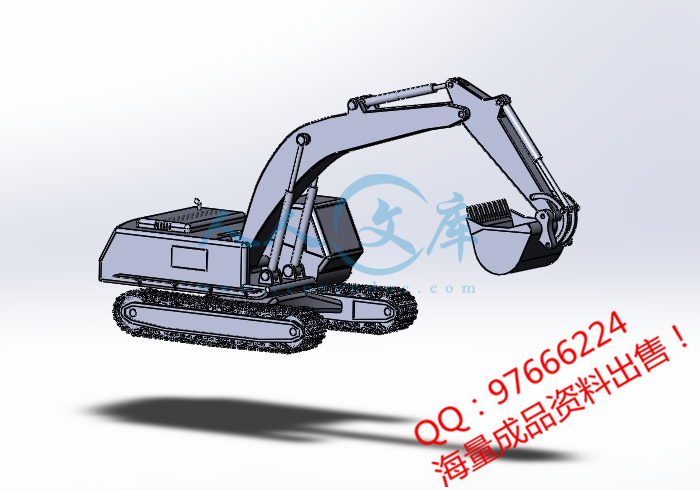
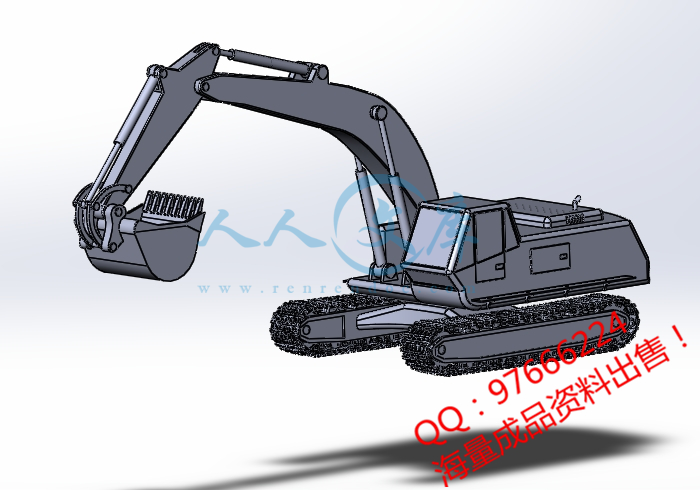
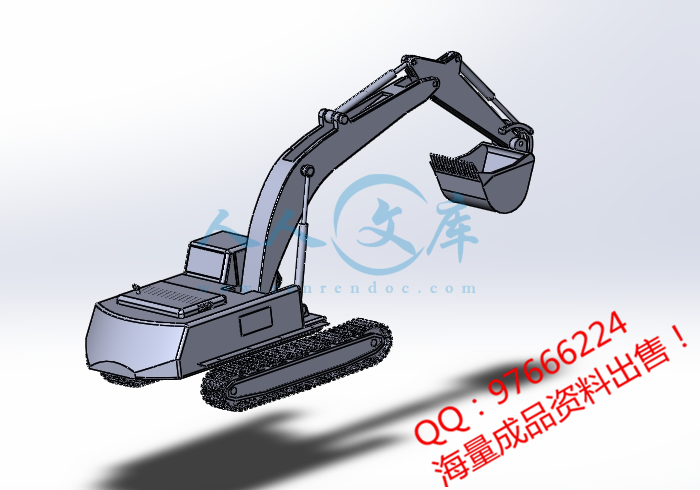





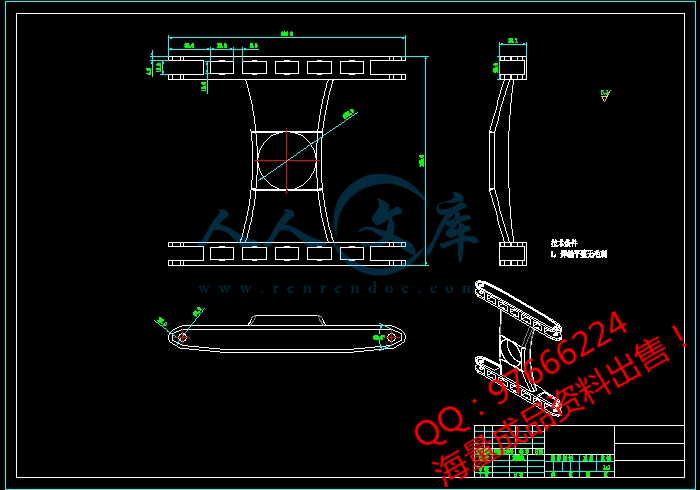

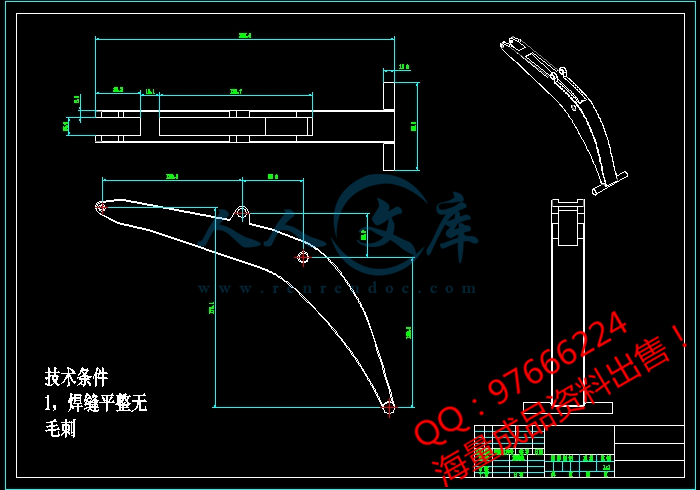
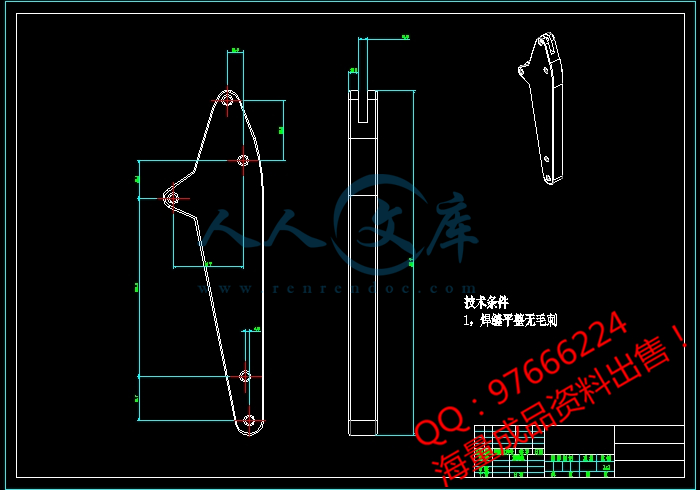
 川公网安备: 51019002004831号
川公网安备: 51019002004831号